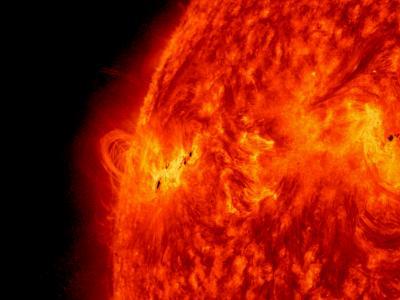Why do so many sports players and athletes choose to wear the color red when they compete? A new study to be published in Psychological Science, a journal of the Association for Psychological Science, suggests that it may have to do with their testosterone levels.
The new study, conducted by psychological scientist Daniel Farrelly of the University of Sunderland and colleagues, demonstrated that males who chose red as their color in a competitive task had higher testosterone levels than other males who chose blue.
